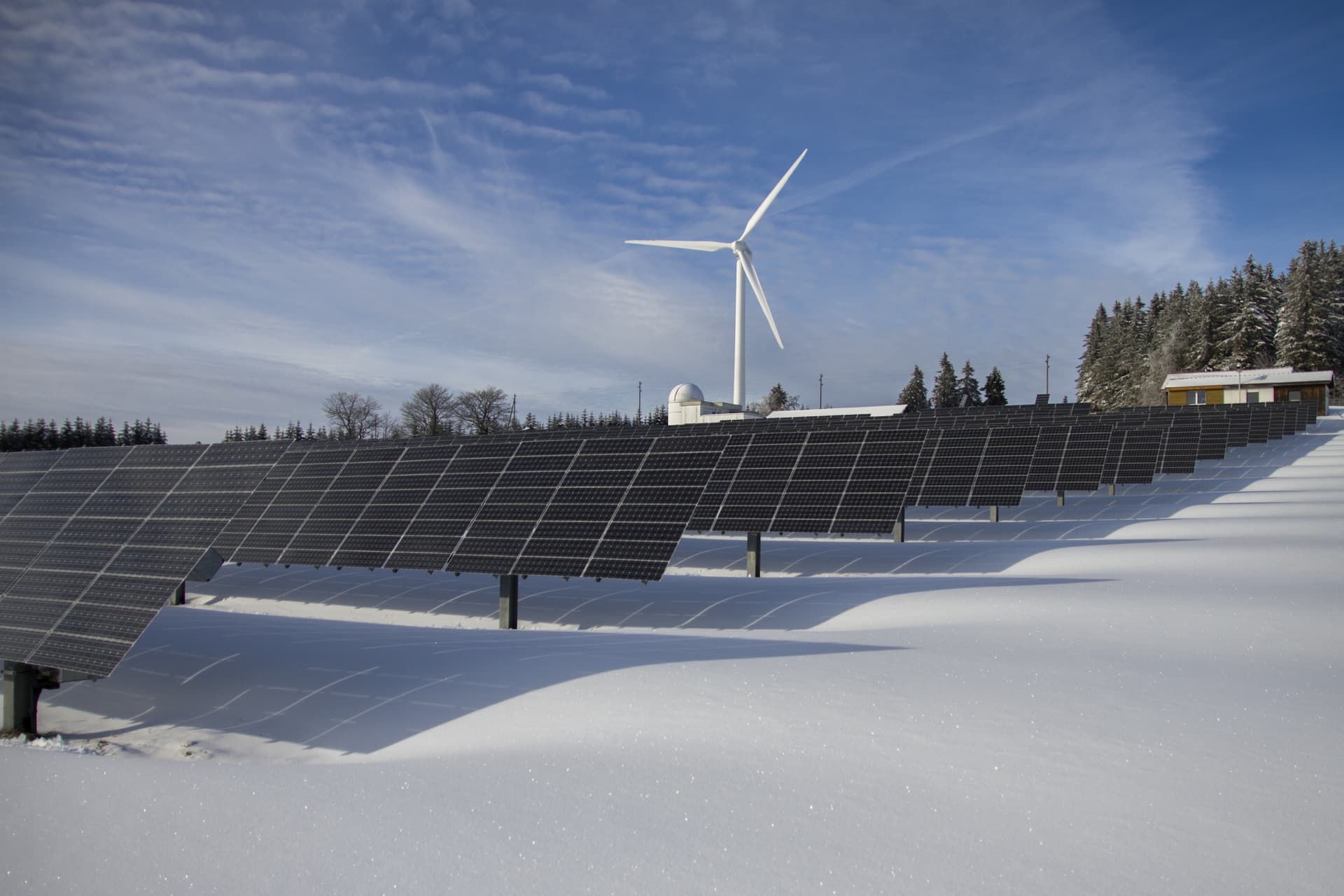

eRENEWABLE provide three types of electronic services – (1) A forward online real-time auction for someone trying to sell a PPA or VPPA, (2) A reverse online real-time auction for anyone wanting to buy a PPA, (3) Electronic management of a customer’s PPA RFP.
A power purchase agreement (PPA), or electricity power agreement, is a contract between two parties – one which generates electricity (the seller) and one which is looking to purchase electricity (the buyer). The PPA defines all commercial terms for the sale of electricity between the two parties, including when the project will begin commercial operation, schedule for delivery of electricity, penalties for under delivery, payment terms, and termination. A PPA is the principal agreement that defines the revenue and credit quality of a generating project and is thus a key instrument of project finance. There are many forms of PPA in use today and they vary according to the needs of buyer, seller, and financing counter parties.
It is important to note that VPPAs require market liquidity – where the project is permitted to sell its power directly into the grid for the prevailing wholesale market price. This is typically only possible in organized markets such as a regional transmission organization (RTO) or an independent system operator (ISO), which serve as third-party independent operators of the transmission system. Also, because VPPA economics rely on the difference between the floating market price and the VPPA price it is important to have the transparency of an RTO/ISO market.
As described above, the VPPA is basically a financial swap. The traditional PPA is a physical PPA whereby the buyer takes title to the power and is responsible for the management of the energy. The VPPA structure removes the need for the buyer to take title to the electricity.
As is the case in a traditional PPA, the buyer retains all the RECs associated with the generated energy purchased under the VPPA.
The longer-term contracts are directly responsible for enabling the financing of these renewable energy assets, thus giving corporations the ability to prove their commitment to tackle climate change and hedging their electricity price exposure.
Additionality is generally defined as a determination of whether an intervention has an effect when the intervention is compared to a baseline. This term has been adopted by the renewable energy industry to describe when an organization’s PPA or VPPA has had the direct effect of adding new renewable energy generation to the grid. Additionality describes renewable energy generation that is truly new and does not address replacing energy from an existing facility. As companies are increasingly looking for ways to achieve their sustainability goals, claiming Additionality through a PPA or VPPA is actual proof that your company is actively working towards those goals; as well as driving the construction of new renewable energy projects. Stakeholders want to know that their purchase will have the direct effect of increasing renewable energy generation.
Historically the PPA has been the product of choice, however in the past few years the Virtual PPA has gained prominence and currently is the fastest-growing transaction structure in the renewable energy space. VPPAs provide larger companies the means towards achieving ambitious renewable energy goals, while allowing smaller buyers the ability to participate as well. VPPAs can help corporate buyers with geographic and financial constraints that previously could have been a challenge to a corporation’s renewable efforts. A VPPA provides the opportunity to green the energy use of multiple sites with a single transaction, leveraging the efficiencies and economies of scale a developer can deliver.
Learn more about our eAuction Platform and how we can help you reach your PPA, VPPA and Sustainability goals.